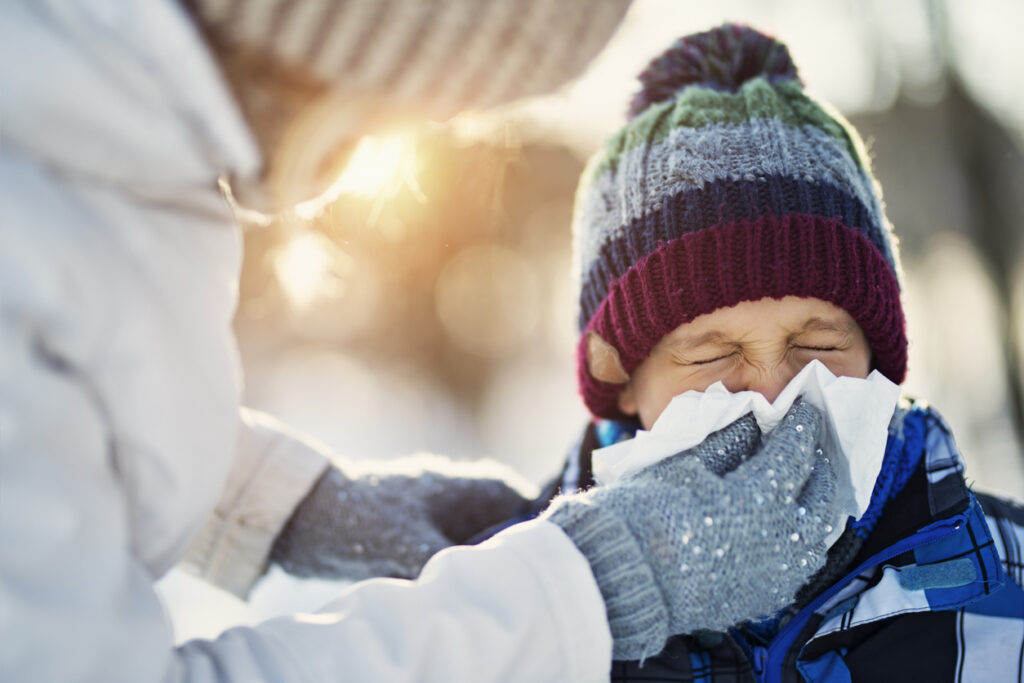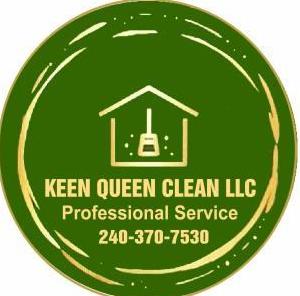With some businesses opening as the COVID-19 pandemic continues, maintaining a clean workplace is critical to helping fight the spread of this disease.
Current data suggests that SARS-CoV-2, the virus that causes COVID-19, spreads through respiratory droplets produced when an infected person speaks, coughs, or sneezes. Transmission may occur directly, or it can happen through contact with contaminated surfaces, followed by contact with the eyes, nose, or mouth.for 7 days, your normal cleaning routine will be fine upon returning. The coronavirus that causes COVID-19 has not been shown to survive on surfaces for longer than a week. However, once people return and begin to carry out day to day activities, regular disinfecting will be necessary.

Use the proper cleaners
For cleaning, use a detergent or soap and water on every surface, starting with ones that are visibly dirty. Wash and wipe these surfaces thoroughly. Paying attention to high-touch areas is more important than the specific type of soap used. The type of product you use is more important when it comes to disinfecting than cleaning. Remember, the goal is to reduce the germs on a given surface, not to kill them.
For disinfecting hard, non-porous surfaces, choose a disinfectant that has been approved by the Environmental Protection Agency for use against SARS-CoV-2. You can find the EPA’s list at their website. The list is searchable. You can click “Other Search Options” to search for cleaners by name. You may already have a disinfectant that is approved for SARS-CoV-2.
The EPA’s list will tell you the active ingredient, the product name, and the contact time in minutes to leave the disinfectant on the surface. It will also help you navigate the disinfectant’s directions. Some disinfectants have different instructions for combatting different viruses. The EPA’s list tells you which set of instructions you should follow for SARS-CoV-2 effectiveness. For instance, if you’re using NeoSan Labs Part B Hydrogen peroxide, following the disinfection instructions for Norovirus will give you the best results against SARS-CoV-2.
For electronics—tablets, touch screens, keyboards, ATMs, remote controls, and more—use an alcohol-based wipe or spray with at least 70% alcohol.
For fabrics, wash them on the warmest water setting appropriate for the fabric in question. Dry them completely. (Sunlight and heat both reduce the time that SARS-CoV-2 survives on surfaces and objects.)
Be sure to also clean and disinfect any carts or hampers that carry laundry. It doesn’t do any good to wash a bunch of sheets and then put them right back into a contaminated hamper.
What if You Don’t Have an EPA-Approved Cleaner?
Right now, cleaning products are at a premium. You may not have anything on the EPA list, and you may not be able to obtain them quickly. If you don’t have or can’t obtain anything on both lists, you have a few options.
For hard, non-porous surfaces, the CDC recommends diluted bleach solutions. Adding 1/3 cup of bleach to 1 gallon of water should do the trick. Leave the bleach solution on surfaces for at least a minute to disinfect them.
For other surfaces, try to still get appropriate cleaners (alcohol solutions for electronics, hot water and detergent for sheets).
Because of the intensive nature of the cleaning required, this may be a good time to consider commercial cleaning services. Professional cleaners already have the disinfectants needed to help keep businesses and workplaces safe. They have the protective gear that they need. They come in, do the work, and get out.
You don’t have to dig through lists trying to figure out which EPA-approved cleaner might be best. You don’t need to worry about an employee getting sick because they scratched their nose with their gloves on while cleaning. You can focus on making sure people stay safe in other ways, like enforcing mask use and physical distancing. You can also focus helping your customers and ensuring your business’s success. Bringing in the experts means resting secure in the fact that you’ve done everything you can to protect the customers and employees who are relying on you.
Cleaning and Disinfecting A Facility with A Suspected/Confirmed COVID-19 Case
One of the most important moments in containing the spread of SARS-CoV-2 is when you’ve been visited by someone who is suspected or confirmed to have COVID-19. Taking appropriate steps to clean and disinfect after that visit is critical in keeping you, your employees, and your customers safe.
It is unknown how long the air inside a room carries the potential for infection after someone with COVID-19 has been there. Scientists know that SARS-CoV-2 is transmitted through respiratory droplets. (Respiratory droplets are the little bits of liquid that are exhaled when someone speaks.) But they’re not yet certain about infectious aerosols. (Aerosols are the smaller, much more numerous particles that people breathe out.) Research is indicating that there is at least a chance that these smaller particles of breath can carry the virus. If that’s the case, then it’s possible that the virus could travel further and linger in the air for longer than initially thought.
While researchers are still figuring the details out, there are actions you can take to protect yourself in any case.
- Close off any areas the ill person visited. You don’t want people to be there. However, you do want air circulation. Open outside doors and windows to increase ventilation, while still indicating that people should not enter the area.
- If you can, wait 24 hours before beginning cleaning and disinfection. If you can’t wait 24 hours, wait as long as you can.
- Cleaning staff should clean and disinfect every area visited by the ill person, as well as anything they may have touched. That includes all shared tools, common areas, or electronic equipment.
- PPE is always important, but that goes extra when you are cleaning in a place where there is a known risk of contamination. Use a disposable mask, gloves, and gown.
- Call for expert disinfection assistance if needed.
- Notify employees who may have been in contact with the person about the potential exposure, while maintaining the confidentiality of the carrier. Follow the CDC’s public health recommendations for community-related exposure.
- If your employees are eligible for worker’s compensation, or for paid leave under the Families First Coronavirus Response Act, begin any appropriate paperwork and proceedings.
Help Prevent the Spread of Viral Infections in Your Business
It’s important to do everything you can to prevent the spread of SARS-CoV-2. That means enforcing rules about protective gear for your employees and masks for everyone. It means encouraging employees who feel ill to stay home. It means strictly following appropriate procedures for handwashing, cleaning, and disinfecting. And it means keeping the environment thoroughly cleaned and disinfected.
